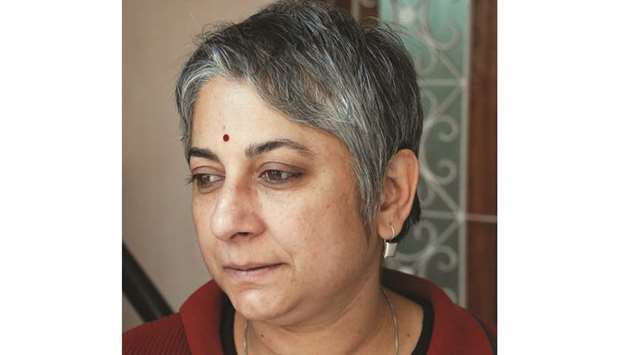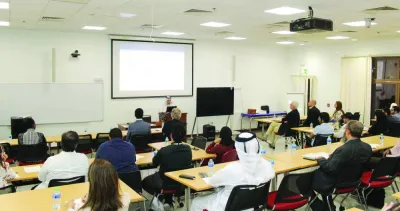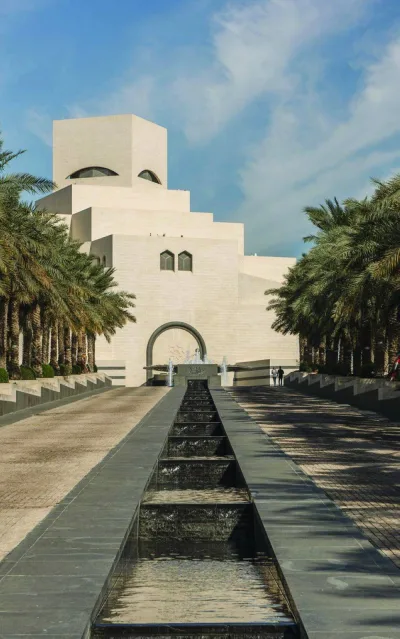Anita Dube, the curator of the fourth edition of the Kochi-Muziris Biennale, South Asia’s most significant art event, is happy at the quality of audience it has been receiving.
Art enthusiasts, both Indian and international, are thronging this Kerala port city every day to watch the paintings, sculptures and installations of 94 artists from across the world on display since December 12.
Dube, famous for her radical views, rates KMB as the best in the world after Venice, and her selections represent the response of the art world to all sorts of discriminations — ethnic, gender, caste and class.
She had deliberately chosen such works from a rainbow of nations and subcultures, and she also boasts of being the first curator of a biennale where more than half the exhibitors are women.
“She’s done a wonderful job here, as she did on the Indian art scene with her radical views. The Biennale has opened the window to the world for many an artist,” says contemporary artist Bhaskaran Bara, who was a participant in the last edition and getting invites from shows abroad since.
“The real change is in the way the artists here think and in their forms. The Indian contemporary art has carved a niche for itself on the international scene. For Kerala, it’s going beyond the temple art and coming out in the public space.”
He hopes Indian art will rediscover itself through this “silk route” connecting two worlds through this historic port that had once brought the Arabs, the Chinese and Europeans to its shores.
The Biennale is growing in its size and diversity.
Bose Krishnamachari, president of the Kochi Biennale Foundation and the co-curator of the first edition with Riyas Komu, also underlines this.
The quality and size of the audience also testify the claims of the artists and organisers.
“Last season, we received 600,000 footfall, and we expect much more visitors this time,” Dube told this newspaper as two dozen students from School of the Art Institute of Chicago waited for an interview.
“The venue’s speciality is that it’s nowhere else in the world. After Venice, this is unique and a most happening place. Somethings are really possible in Kochi to do. As a curator, I tried to do justice to its character.”
She was here as an exhibitor at the first edition in 2012, and she used to visit every edition since.
“It represents a unique history of this port city reaching out to the world across the seas through a vibrant trading community. Its architecture and the place where it lies are all very special things,” she told Gulf Times.
“The one you can see elsewhere in the world with some similarity is Havana. It has a sea and this kind of things.
“Somethings are possible in Kochi to do. It’s a definite character, exceptional character. That’s why so many people are coming.”
She feels the main thing on Europe’s agenda is culture, but ours is religion, which doesn’t allow people to get into things that are challenging. The effect of culture is very weak in their minds.
“If the religion releases its grip, then people will get more into the culture,” she argues.
The growing influence of right-wing politics also worries her.
She believes they are wiping out the Nehruvian history and trying to “put something” in its place.
“The developmental history of the Nehruvian era is also being undermined. I really wanted the young artists and thinkers to address this, to see different means you can approach social problems. Only some works are doing it very directly,” she says.
“It’s the choice of an artist to comment directly or indirectly.”

Dube ... clear vision


